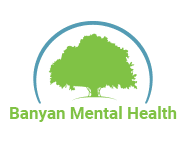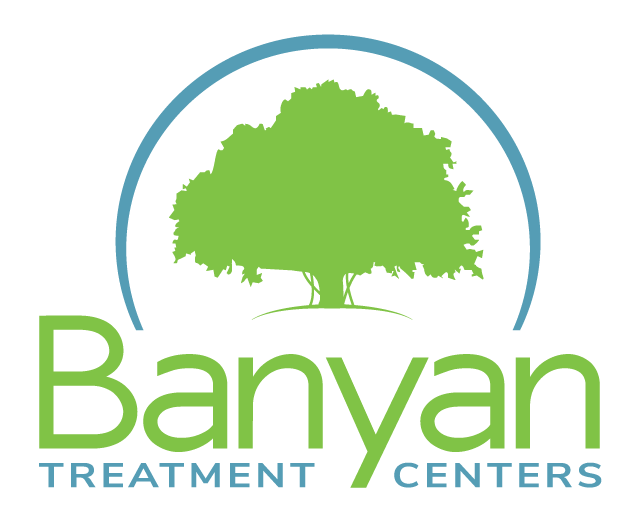


July 5th is National Workaholics Day
June 16, 2023

The Troubling Link Between Domestic Violence and Mental Health
July 14, 2023Axis I Disorders: What Are They?


Diagnostic classification systems are essential for organizing and comprehending the wide variety of mental health illnesses that people may experience. The Diagnostic and Statistical Manual of Mental Disorders (DSM), one of these systems, has gained widespread acceptance and influence. Before DSM-5's publication in 2013, professionals used a multiaxial diagnostic framework that classified several facets of a person's mental health. This framework included the Axis I disorders classification, which provided information on the main mental health issues. Banyan Treatment Centers takes a closer look at these disorders and why this change occurred.
What Are Axis 1 Disorders?
The title of Axis I disorders, previously utilized in the DSM's multiaxial diagnostic system, covers a wide range of severe mental health issues. These disorders can significantly affect a person's functioning, and they can negatively affect their general well-being.
Treatment usually focuses mostly on axis I illnesses, which include ailments like:
- Mood disorders
- Anxiety disorders
- Psychotic disorders
- Eating disorders
- Substance use disorders
Mood disorders, such as major depressive disorder and bipolar disorder, entail disruptions in a person's emotional state, ranging from persistent sadness and loss of interest to dramatic mood shifts. Generalized anxiety disorder, panic disorder, and phobias are examples of conditions that fall under the category of anxiety disorders, which can cause excessive concern, fear, and panic attacks. Hallucinations, delusions, and disordered thinking are hallmarks of psychotic diseases like schizophrenia, which cause a separation from reality.
Atypical eating habits and an obsession with body image are traits of eating disorders, including anorexia nervosa and bulimia nervosa. The use of substances—such as alcohol, drugs, or medications—in problematic ways that significantly impair many aspects of life is referred to as a substance use disorder.
Although the axis system is no longer used in the current DSM-5, knowing the concept of Axis I disorders is still essential for understanding the historical context of psychiatric diagnosis and the wide range of clinical problems that have an impact on people's mental health.
The Difference Between Axis I and Axis II Disorders
To give a thorough grasp of a person's mental health, mental health illnesses were divided into various axes in the DSM's earlier diagnostic framework. Axis I and Axis II were two significant axes that each had a particular function and captured various facets of mental health disorders.
As was previously discussed, a large spectrum of serious mental illnesses fell under the heading of axis I disorders. These illnesses often cause severe functional impairment and entail acute clinical symptoms. Axis I disorders were frequently the main focus of treatment. These disorders frequently called for quick attention and action and were marked by observable suffering and interruptions in daily living.
Axis II disorders, on the other hand, were mental illnesses and ingrained patterns of behavior and thought that contributed to a person's total personality. These disorders were thought to be more persistent and extensive since they frequently persisted in many contexts and were largely steady throughout time. Disorders on Axis II included narcissistic personality disorder, antisocial personality disorder, and borderline personality disorder. Axis II disorders were more concerned with enduring patterns of maladaptive behaviors and beliefs than Axis I disorders, which were primarily concerned with acute symptoms.
In contrast to Axis I disorders, Axis II disorders were distinguished by chronicity and a higher degree of difficulty in attaining significant change or remission, which were frequently perceived as episodic or curable conditions. Treatment plans for Axis II illnesses frequently included long-term therapy and interventions that focused on particular personality features and behavioral patterns.
Why Is There No Axis in DSM-5?
The DSM-5 marks a substantial change from earlier diagnostic frameworks by doing away with the axis system. This removal was influenced by a number of factors, including:
- Simplification and efficiency: In earlier iterations of the DSM, the axis system required doctors to consider many axes and combine data from various categories, which might be time-consuming and potentially confusing. The DSM-5 attempted to streamline the diagnosis procedure and produce a more effective system that could be quickly implemented in clinical practice by deleting the axis. A more streamlined method of diagnosis was made possible by the consolidation of all illnesses into a single list.
- Comorbidity and overlap: The axis system usually made it difficult to decide where specific disorders should be placed because conditions on many axes commonly co-occurred or overlapped in symptomatology. As a result, the rates of comorbidity rose, and it became more difficult to tell one diagnostic category from another. The DSM-5's removal of the axis system recognized the complexity of mental health issues and made it possible to depict their interactions and comorbidities in a more accurate way.
- Holistic and dimensional assessment: A more comprehensive and multidimensional approach to mental health diagnosis was sought after by the DSM-5. The new diagnostic framework emphasizes the assessment of severity, functional impairment, and contextual elements associated with each condition rather than just relying on categorical diagnoses. This method acknowledges the diversity and individuality of mental health illnesses, enabling a more nuanced understanding of their symptoms and people's specific experiences.
- Clinical utility and person-centered care: The DSM-5 provided useful advice for evaluation, diagnosis, and treatment planning in an effort to increase the clinical utility of the manual. By removing the axis system, physicians may concentrate on knowing the individual as a whole rather than dividing them into several axes, which supports a person-centered approach to mental health therapy. This change promotes thorough assessments that consider many facets of a person's mental health and makes it easier to administer individualized and efficient treatment.
As understanding surrounding mental illness diagnosis and the processes involved with obtaining one has evolved over time, our facilities for mental health have worked to stay on top of it. This ensures that our patients receive care that is both compassionate and state-of-the-art.
Get the Support You Need and Deserve With Banyan
If you have been diagnosed with any of the conditions listed above, Banyan offers various forms of mental health treatment that can help. When a person arrives at our residential mental health facilities, they are granted the support and tools that they need to start making the progress that they are after. You do not have to keep struggling with the symptoms alone.
Call us today at 888-280-4763 to learn more about our adult mental health services and what they can do for you.
Related Reading







